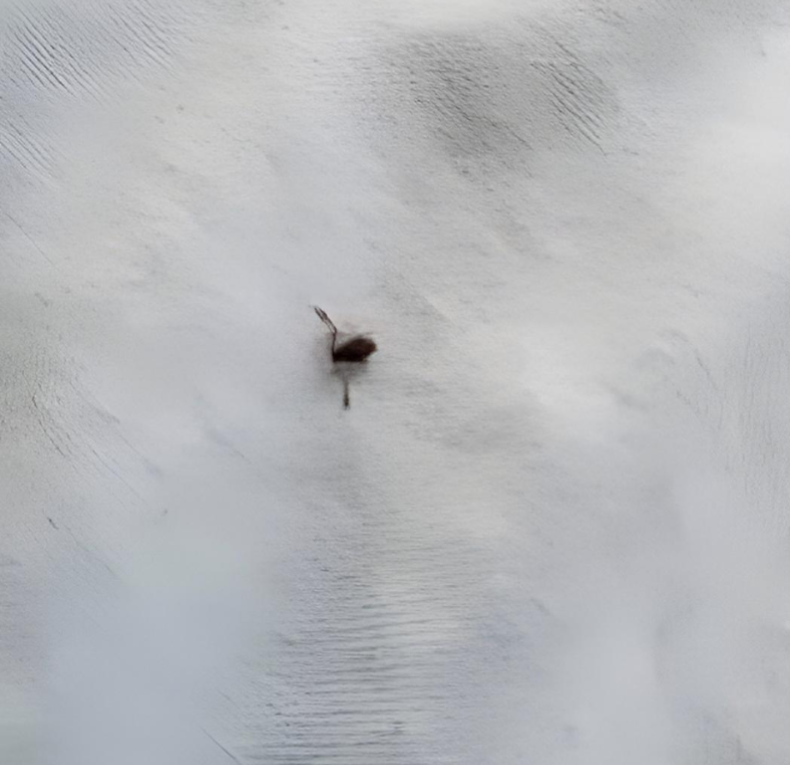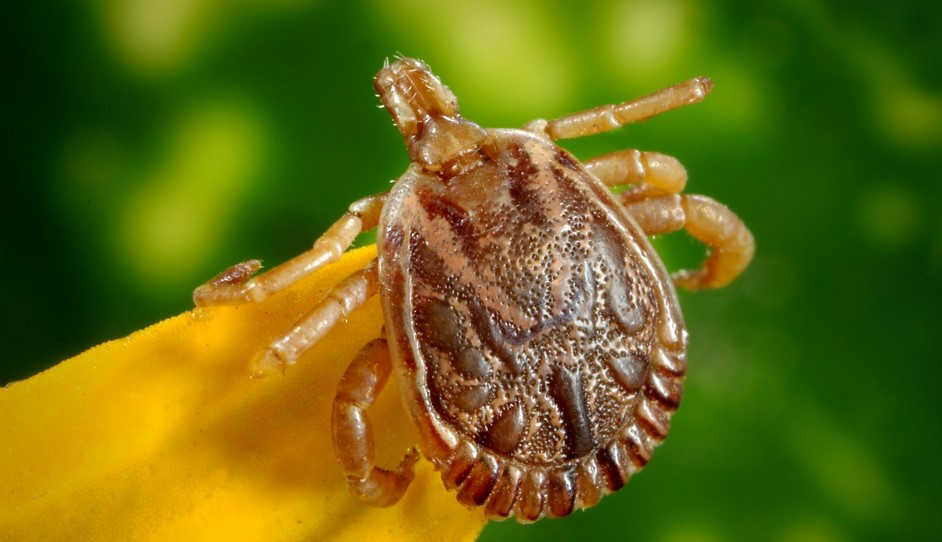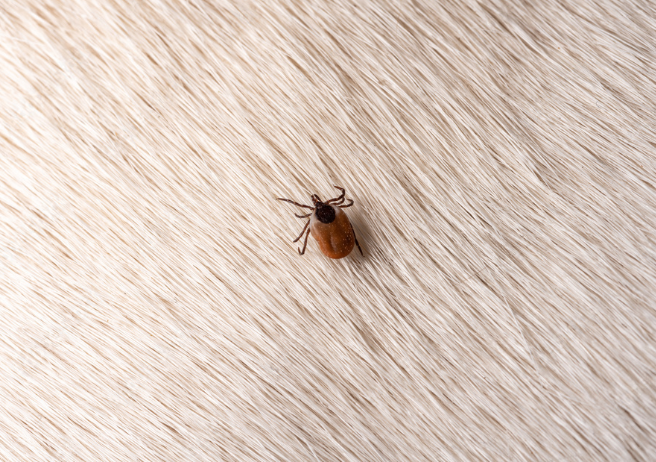Ticks are tiny, blood-sucking parasites found in forests, grasslands, and even your backyard. These pests are notorious for latching onto humans and animals, feeding on their blood while potentially transmitting harmful diseases. While ticks are commonly encountered outdoors, they can make their way inside homes—often hitching a ride on pets. Dogs and cats that roam outside can unknowingly bring ticks inside, increasing the risk of infestation and exposure to tick-borne diseases.
So, what should you do if you find a tick in your house? Don’t panic! Swift action can prevent the spread of diseases and keep your home tick-free. Let’s explore some simple yet effective steps to manage and prevent ticks in your living space.
How to Identify the Type of Tick in Your House

The first step in managing a tick problem is to identify the type of tick. There are several tick species, and each has varying levels of health risk. Some species, like the deer tick, are known carriers of Lyme disease, while others may transmit Rocky Mountain spotted fever or other illnesses.
To identify the tick, observe its size, color, and any distinct markings. If you’re unsure, take a clear photo of the tick and consult a medical professional, veterinarian, or pest control expert for guidance. Knowing the species can help you assess potential health risks and determine the best course of action.
Safe Removal of a Tick: Step-by-Step Guide
Finding a tick in your home can be unsettling, but removing it properly is crucial. Here’s how to do it:
- Use fine-tipped tweezers or a tick removal tool to grasp the tick as close to the skin as possible. For ticks found on pets or people, this is particularly important to minimize the risk of leaving the tick’s head embedded in the skin.
- Gently pull the tick straight out with steady pressure. Avoid twisting or squeezing the tick, as this can cause the tick’s body fluids to enter the wound, increasing the risk of infection.
- Disinfect the bite area with rubbing alcohol or soap and water after removing the tick.
- Keep the tick in a sealed container or bag, as you may need to show it to a healthcare professional if any symptoms develop later. If not needed, dispose of the tick by flushing it down the toilet or placing it in an outdoor garbage bin.
Proper Disposal of the Tick
After removing the tick, make sure to dispose of it safely. Avoid crushing the tick with your fingers, as this can release potentially harmful pathogens. Instead, place the tick in a sealed plastic bag or container and dispose of it in the trash. Some experts recommend flushing the tick down the toilet for added safety.
If you want to test the tick for diseases, preserve it in rubbing alcohol and consult your healthcare provider about next steps. This is especially important if someone in the household starts showing symptoms of a tick-borne illness, such as fever, rash, or muscle aches.
Thorough Cleaning of the Affected Area
Once the tick is removed, thoroughly clean the area where it was found. Use soap and warm water to wash the affected skin and apply an antiseptic like rubbing alcohol or hydrogen peroxide to prevent infection. For ticks found on pets, use a mild pet-safe disinfectant to clean the bite area.
You should also clean the immediate surroundings where the tick was discovered. Vacuum carpets, upholstery, and bedding to ensure no other ticks are hiding in cracks, crevices, or fabric folds. Dispose of the vacuum bag or clean the vacuum canister thoroughly after use.
Inspect Your Home and Pets for Other Ticks

After finding one tick, it’s essential to check for others. Ticks can hide in various places, including carpets, curtains, bedding, and furniture. They can also attach to pets, so be sure to examine your pets carefully. Use a fine-toothed comb to check your pet’s fur, focusing on areas like behind the ears, under the collar, and between the toes.
If you find additional ticks on your pets, consult a veterinarian about tick prevention methods. Flea and tick collars, spot-on treatments, and oral medications can help protect your pets and prevent ticks from coming into your home.
Prevent Future Tick Infestations
Once you’ve removed the tick and cleaned your home, it’s important to take preventive measures to avoid future infestations. Here are some effective strategies:

- Keep your home clean and tidy: Regular vacuuming, dusting, and washing of bedding and pet areas can reduce the risk of ticks finding a home indoors.
- Seal entry points: Check for cracks or gaps in doors, windows, and walls that may allow ticks to enter from outside. Seal these gaps to prevent ticks from finding their way indoors.
- Use tick repellent: Apply pet-safe tick repellents to your dogs and cats regularly. For humans, consider using insect repellent when spending time outdoors, especially in tick-prone areas.
- Maintain your yard: Trim grass and shrubs regularly, remove leaf litter, and keep the yard free of clutter to make the environment less appealing to ticks.
- Inspect family members and pets after outdoor activities: After spending time in tick-heavy areas like forests, parks, or gardens, conduct a thorough tick check on everyone, including pets.
Understanding the Health Risks of Tick Bites

Ticks can transmit several diseases, including Lyme disease, Rocky Mountain spotted fever, and tularemia. Symptoms of these diseases can range from mild to severe and may include fever, rash, muscle aches, and joint pain. Early detection and treatment are crucial, so be vigilant for any signs of illness after a tick bite.
If you or a family member develops unusual symptoms within a few weeks of a tick bite, seek medical attention immediately. Inform your doctor about the tick bite and the circumstances surrounding it to ensure proper diagnosis and treatment.
Conclusion: Stay Alert and Keep Your Home Tick-Free
Finding a tick in your house can be alarming, but taking swift and effective action can minimize risks to your family and pets. By following these steps—identifying the tick, removing it safely, disposing of it properly, cleaning the area, checking for other ticks, and implementing preventive measures—you can maintain a tick-free home environment. Remember, vigilance and proper prevention are key to reducing the risks associated with these pests and the diseases they can transmit. Stay proactive, stay safe, and keep your living space tick-free


